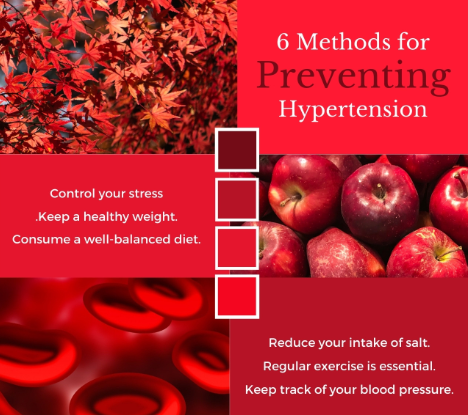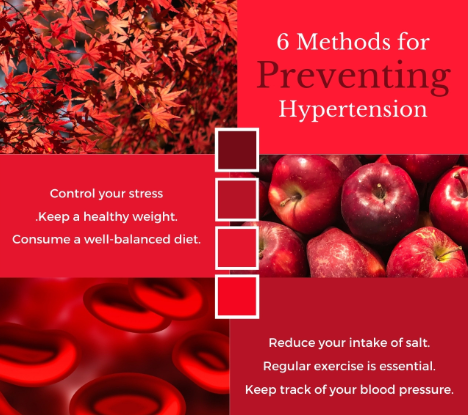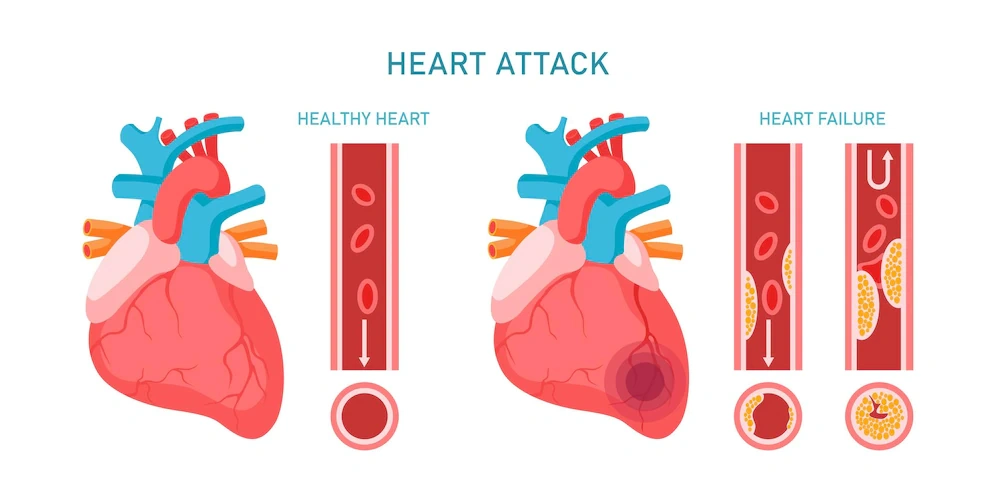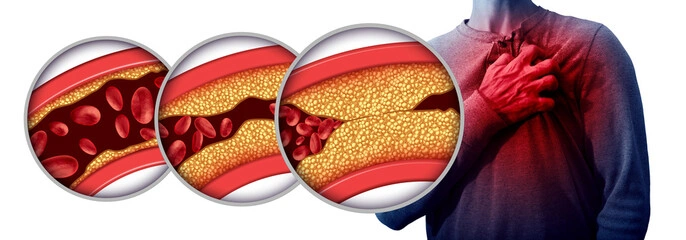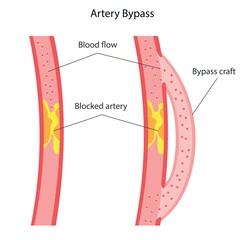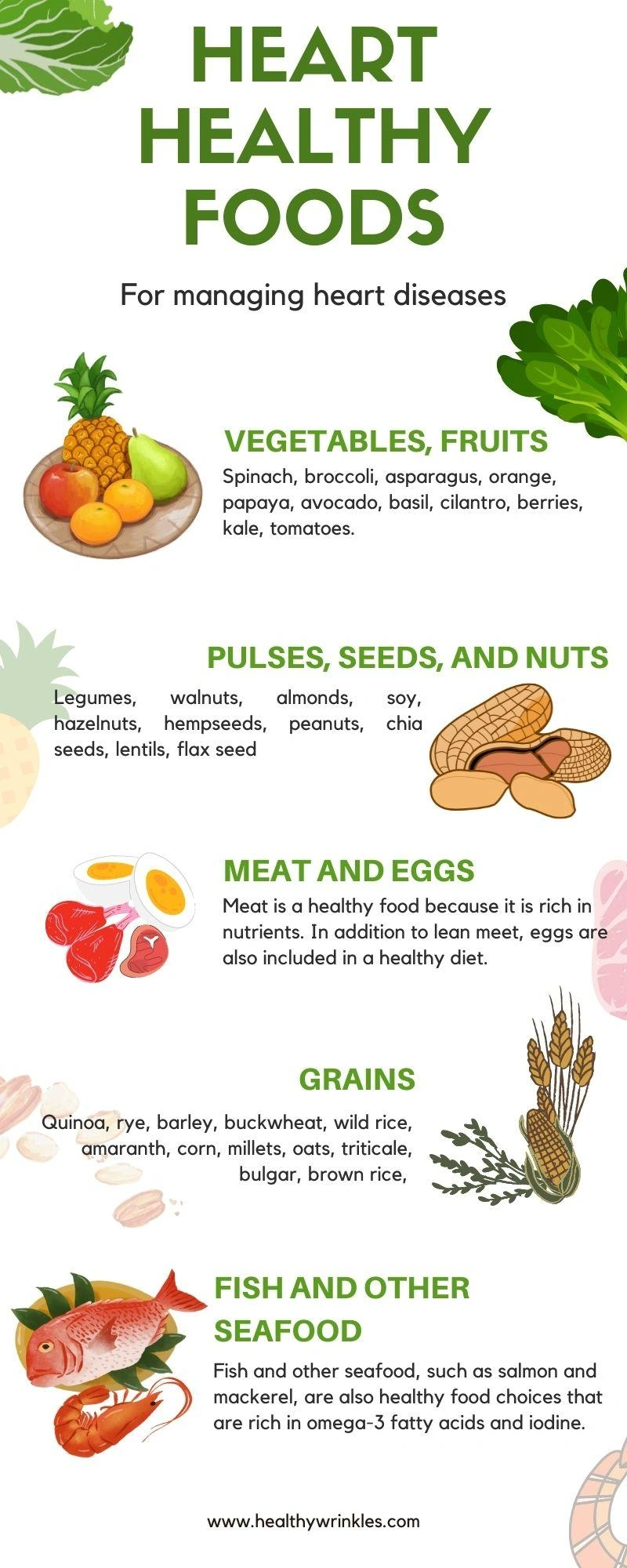Follow these 6 steps for better blood pressure management
28-09-24
1. Get a good home blood pressure monitor.
Studies have shown that home-based blood pressure measurements are superior to hospital-based measurements. They better reflect a person's blood pressure over a 24-hour period. Consult your doctor for assistance in ensuring that your home blood pressure machine is providing accurate readings.
2. Measure your blood pressure twice a day, every day for a week.
As blood pressure changes a little — or a lot — in the body, checking several days in a row allows you to average several readings. Many experts recommend checking in the morning and evening. This is because blood pressure can fluctuate throughout the day, especially in people who take medication. However, if checking twice a day seems too difficult, check once a day.
3. Maintain a current list of all medications.
In order to evaluate your blood pressure treatment plan, your doctors will need to know exactly what medications you are taking for hypertension and other diseases.
●Begin with those for the heart or blood pressure.
●Include all supplements, vitamins, herbs, and OTC medications.
●Make a note of any medications that are not being taken exactly as prescribed. It's especially important for doctors to know if an elderly person has skipped any blood pressure medications.
●Make a note of any concerns about side effects, cost, or other aspects of continuing the medication.
4. Describe your lifestyle approaches to lowering blood pressure.
Although prescription medications are often used to treat hypertension, many lifestyle changes have been shown to help lower high blood pressure symptoms. Many of these lifestyle changes are beneficial to older adults' health in numerous ways while posing fewer risks than prescription medication. Proven methods for lowering high blood pressure include:
●Loss of weight
●Exercise
●Dietary Approaches to Stop Hypertension (DASH)
●Sodium (salt) intake should be reduced, especially in people who appear to be salt sensitive.
●Smoking cessation
●Meditation
5. Make an appointment with your primary care physician to discuss blood pressure management.
Your doctor can assist you in determining a good target blood pressure goal and developing a plan to achieve that goal. Bring up any concerns you have about falls or other potential side effects of treatment.
●Bring in your home blood pressure readings as well as your most recent medication list.
●Consider asking your doctor to check your blood pressure while sitting and standing, especially if you're worried about falling.
●In light of your medical history, ask your doctor what target BP goal they recommend for you.
●Consult your doctor about taking most (if not all) of your blood pressure medications at night.
Taking blood pressure medications at night is likely to be a simple way to improve their effectiveness.
6. Plan to follow up to see how your BP plan is working and to make any necessary adjustments.
Whatever you and your doctors decide, you'll want to devise a strategy for monitoring how your blood pressure reacts to the changes. Make certain to ask your doctor to specify:
●When should you start doing home monitoring? (Most blood pressure medications take full effect within one week.) Changes in lifestyle will take weeks to months to take effect.)
●When are you going to meet — by phone or in-person — to go over the results of the follow-up BP monitoring?
●What blood pressure is normal or what is the blood pressure range?
●What level of high (or low) blood pressure should prompt a call to the hospital?
And there you have it!
Taking a senior's blood pressure on a regular basis is a good way to ensure their overall health. Simply follow this process for better blood pressure management, and you'll be well on your way to confirming that you're on the right blood pressure management plan for yourself or your elderly parent.



